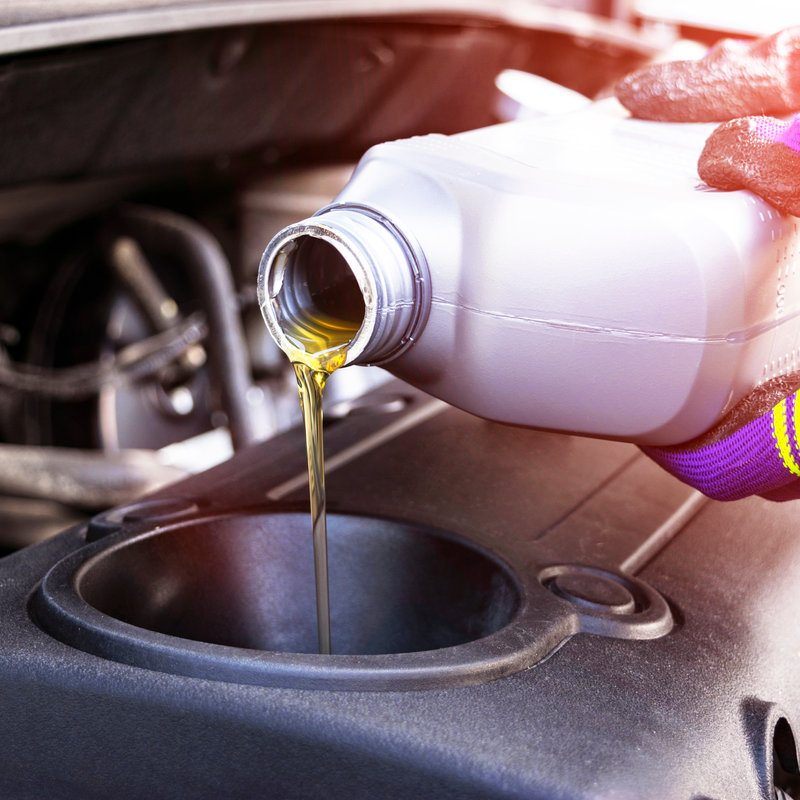
An Important Maintenance Task
To keep your car’s engine functioning properly, it needs basic maintenance. Like the tires need air added from time to time, the engine needs oil added, and sometimes, it needs an oil change service. You may wonder, how long can you go without an oil change?
Every car manufacturer will have a different time frame recommended for their products. The common recommendation is between 5,000 and 7,500 miles for oil change service. Newer cars that use synthetic oil can go 10,000 miles; Some vehicles can even go 15,000 miles between oil change services.
How often do I really need an oil change?
Okay, so that is what car manufacturers are recommending, but what is the truth about the frequency of oil change services? Experts in the car industry used to tell us every 3,000 miles or every 3 months, whichever comes first. However, cars today can travel farther and longer before needing an oil change service. You can do them more frequently if you want, but it isn’t necessary on newer engines.
However, if you don’t drive your car enough to hit that recommended 5,000 miles, you still need to get an oil change service twice a year. A car needs to be driving so that the engine can burn off any condensation that has accumulated within the engine. Condensation is normal, but it can break the oil down quicker, wearing the engine out faster.
What happens if you don’t change your oil?
An ounce of prevention, or rather 5 to 6 quarts of oil as prevention, is a must if you value your car! Oil to your car is like blood to our bodies. It keeps the engine lubricated and protects the moving parts in the engine. Regular routine of oil change services may be a few dollars out of your pocket, but the ROI is having your car ready to go when you are. Here is what could happen if you don’t stay with a routine oil change service:
- VEHICLE WARRANTY VOIDED: You bought that new car for peace-of-mind, and maybe a bit of ego and vanity. But if you don’t maintain a routine with oil change service and tire rotations, you risk voiding that awesome warranty that came with that new car.
- ENGINE PERFORMANCE LACKS: That routine oil change service is how the engine’s internal parts are cleaned. Would you go six to eight months without a bath? No, and your car’s engine shouldn’t either! That oil change is cleaning that dirty sludge that builds up as you drive the car. The more sludge, the harder the engine must work, and the sooner you’re going to have to replace the car.
- ENGINE FAILURE: Long periods between oil change service will start causing the engine to overheat, and that can lead to a blown gasket, or worse.
Will an oil change help my gas mileage?
Absolutely! When the oil change service is postponed, that sludge we mentioned is making the engine work harder. The harder the engine works, the more fuel it takes. With your oil change service, they will usually offer to replace the air filter too, at a cost, and that recommendation should be something you have done too. No, that isn’t just an upsell for the garage, it helps the engine breathe easier and that helps the gas mileage too.
What are the steps in an oil change?
Changing your own oil isn’t that complicated or difficult; it’s just easier and less messy to let the lube center do it. However, many of us are on tighter budgets these days, so if you can save a few dollars, and not have a professional oil change service, then why not? Follow these steps on how an oil change works and you’ll have mastered one of the necessities of car ownership:
- Purchase the oil and oil filter. The local parts store can guide you on the right stuff if you aren’t sure.
- Pull your car up on ramps so that you can get underneath the car. We recommend having help with the ramp so that you don’t run off the edge or end.
- Pull the oil plug and let the oil drain into an old bucket.
- Using the oil filter wrench, remove the oil filter.
- Insert the new filter, tight but not too tight.
- Replace the oil plug.
- Add the new oil.
What type of oil change do I need?
If your car is 10 years old or less, the manufacturer will have recommendations of what type you should use in your car, and how much. Most cars today are using a synthetic oil, while older cars use a standard oil type.
What are the three types of oil for cars?
With all the oils you’ll see in the auto parts store, it comes down to these three types:
- Synthetic: Chemically engineered to be more consistent and high performing in reducing friction and withstand the sweltering temperatures. It’s recommended for cars that require peak-level performance and allows you to go up to 20,000 miles between oil change services.
- Semi-Synthetic: As it sounds, this oil is a combination of the above mentioned synthetic and the conventional oil we’ll discuss next. It has all the attributes the synthetic oil offers for less money.
- Conventional: This is the oil your dad and granddad used. It is the least expensive and should only be used in older cars that have simpler engine designs. This type of oil will require oil change services no further apart than 5,000 miles.

In Closing
Is there any difference between an oil change vs adding oil? Yes, there are people that ask that, and yes, there is a difference. Adding oil is simply just that – adding oil to what is already in the engine. There is a dipstick that will tell you how much oil is in the engine and at one part of the dipstick, it says “Add Oil”. However, adding a bit of oil now and then still isn’t enough, and you will still need those regular oil changes.
